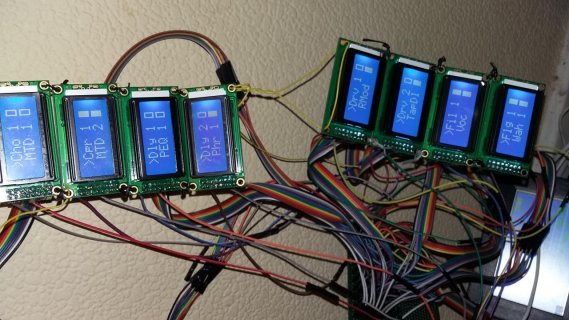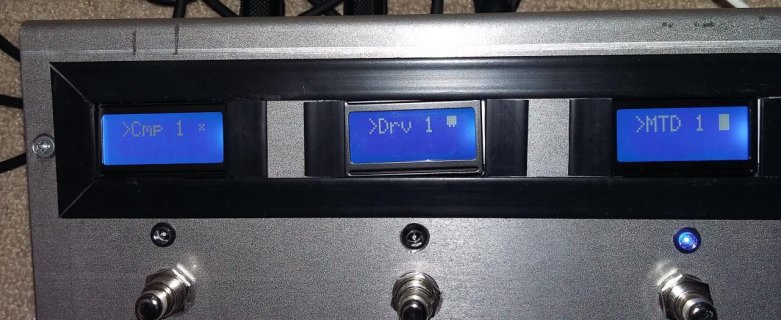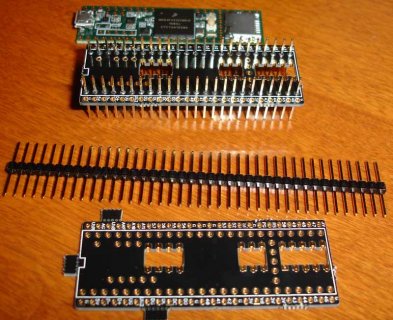bossredman
Well-known member
Hi,
Been trying to think this through for days now & can't to seem to come up with a definate answer.
SO thought I;d ask here if thats OK?
Is it possible to use a Shift Register to drive the individual Enable pins of multiple HD44780 LCD Char displays?
Been trying to think this through for days now & can't to seem to come up with a definate answer.
SO thought I;d ask here if thats OK?
Is it possible to use a Shift Register to drive the individual Enable pins of multiple HD44780 LCD Char displays?





